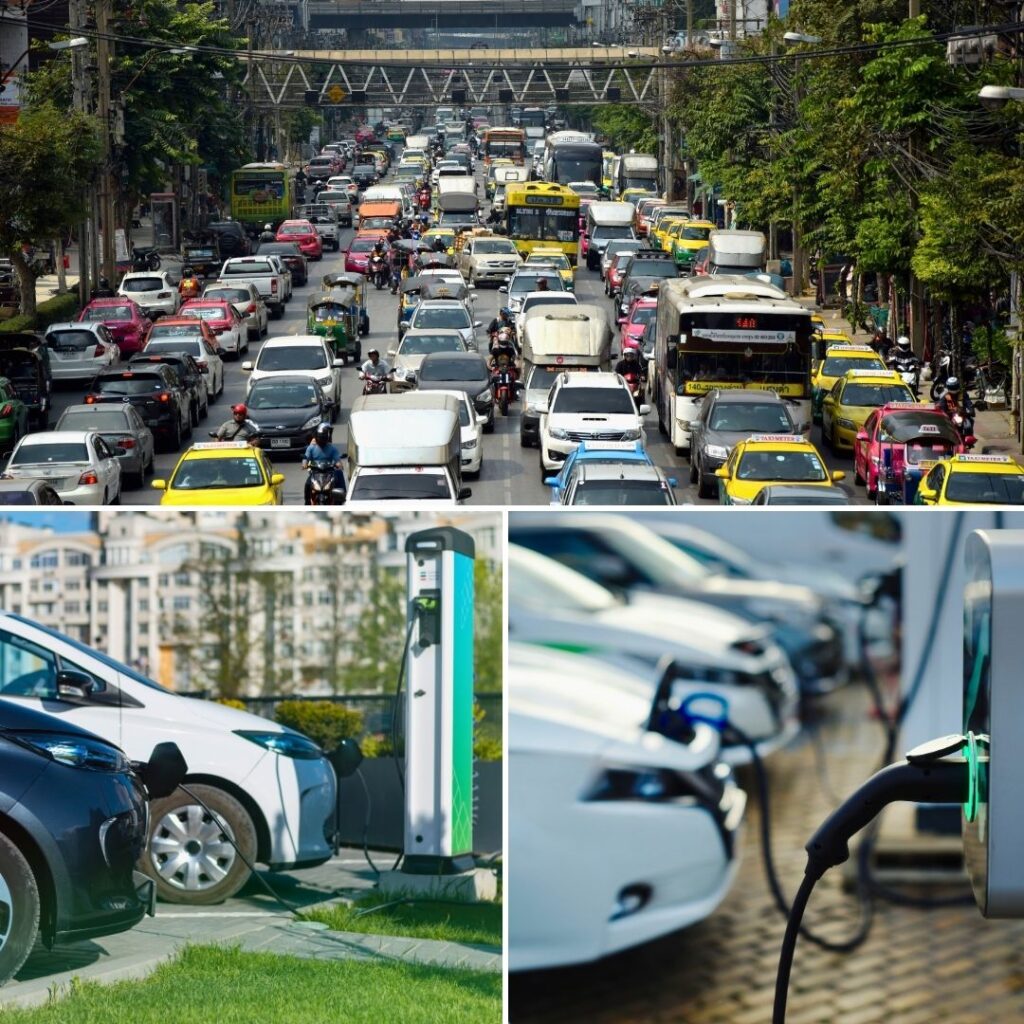Access to reliable electricity is a critical component of providing quality healthcare services. Yet, millions of healthcare facilities worldwide still struggle with inadequate or unstable power supplies, posing a significant challenge to patient care and overall healthcare delivery. This article explores the importance of accelerating electricity access in healthcare facilities and the benefits it can bring to both patients and healthcare providers.
The Healthcare-Electricity Nexus
In today’s modern healthcare landscape, electricity is more than just a convenience; it’s a lifeline. From powering life-saving medical equipment to maintaining temperature-controlled medication storage, electricity is a fundamental necessity for healthcare facilities. Here’s why:
1. Life-Saving Equipment: Many medical devices and equipment, such as ventilators, incubators, and surgical tools, rely on electricity to function. In the absence of a stable power supply, patient outcomes can be severely compromised.
2. Diagnostic Tools: Advanced diagnostic tools, including X-ray machines, MRI scanners, and laboratory equipment, require electricity to operate. Timely and accurate diagnoses depend on uninterrupted power.
3. Vaccine Storage: Vaccines and medications often require specific temperature ranges for storage. Electricity ensures that temperature control is maintained, safeguarding the efficacy of vaccines and medications.
4. Data Management: Electronic health records (EHRs) and digital patient information systems rely on electricity for data storage and accessibility. Efficient data management is essential for providing comprehensive and timely care.
Challenges in Electricity Access
Despite its critical role, many healthcare facilities, especially in low- and middle-income countries, face significant challenges in accessing reliable electricity. These challenges include:
1. Inadequate Infrastructure: Insufficient electrical infrastructure in remote or underserved areas limits access to reliable power sources.
2. Grid Instability: Frequent power outages and voltage fluctuations can damage equipment and disrupt healthcare services.
3. High Costs: The installation and maintenance of backup power solutions, such as generators and solar panels, can be cost-prohibitive for many healthcare facilities.
4. Environmental Impact: Reliance on diesel generators for backup power can contribute to pollution and environmental degradation.
Benefits of Accelerating Electricity Access
1. Improved Patient Care: Reliable electricity enables healthcare facilities to provide consistent and high-quality care. This leads to better patient outcomes, reduced mortality rates, and improved overall health in the community.
2. Enhanced Medical Services: Access to electricity supports the expansion of medical services, including telemedicine and telehealth programs, which can bridge the gap in remote areas and reach underserved populations.
3. Research and Education: Electricity facilitates research activities and medical education by powering laboratories, medical libraries, and online learning resources.
4. Increased Vaccine Coverage: Adequate electricity ensures the viability of vaccines, allowing for broader vaccination coverage and improved public health.
5. Economic Development: Improved healthcare services can contribute to economic development by reducing the burden of illness and increasing workforce productivity.
Solutions for Accelerating Electricity Access
To address the electricity access gap in healthcare facilities, several strategies can be employed:
1. Investment in Infrastructure: Governments and international organizations should invest in upgrading electrical infrastructure in underserved regions, ensuring that healthcare facilities are connected to a reliable power grid.
2. Renewable Energy Sources: The implementation of renewable energy solutions like solar panels and wind turbines can provide sustainable and cost-effective electricity access to healthcare facilities, especially in remote areas.
3. Battery Storage: Battery technology can store excess energy during periods of electricity abundance, ensuring continuous power supply during outages.
4. Public-Private Partnerships: Collaborations between governments, private companies, and non-profit organizations can help fund and implement electrification projects in healthcare facilities.
Access to electricity is not a luxury but a necessity for healthcare facilities. Accelerating electricity access in healthcare settings can lead to improved patient care, enhanced medical services, and a positive impact on public health. It is crucial for governments, organizations, and communities to work together to ensure that healthcare facilities worldwide have reliable and uninterrupted access to electricity, ultimately saving lives and improving overall healthcare delivery.
Also Read; Data Researchers Connect Diet To Changes In Microbiome
https://thelogicalindian.com/h-upload/2023/09/12/500x300_233388-firefly-images-related-to-healthcare-15834.webp
Trending
2023-09-12 09:09:19.0
Energizing Health: Accelerating Electricity Access In Healthcare Facilities











